The entire country is capable of producing wine, but each grape variety is grown in micro-zones that are scattered around the country. The most famous region for Georgian wine production, however, is Kakheti, which is divided into two micro-regions, Kvareli and Telavi. Then comes Imereti, Kartli, Svaneti, Adjara, Racha-Lechkhumi and Kvemo Svaneti, and Abkhazia.
Traditional winemaking practices in Georgia use clay jars shaped like eggs called qvevri. The technique caught the attention of UNESCO, which has included it in the list of Intangible Cultural Heritage of Humanity.
The Georgian Grapes
The traditional grape varieties of Georgia are less known worldwide. Despite the fact that the country has more than 500 different grape varieties, only 40 are used for making commercial wine.
The same as French wines, Georgian wines are also named according to the region, village, or district from which they originate. Like French wines, Georgian wines are mainly made from blending different grape varieties together. Among the variety of wines offered here are sweet, dry, semi-dry, semi-sweet, sparkling, and fortified.
The 5 must-try grape varieties





Georgia is known as the “Cradle of Wine”
The main wine-producing region of Georgia, Kakheti, is known as the “Cradle of Wine,” because locals have been producing it for 8,000 years. Yes, that’s right; The Georgian people have been growing vines on the Caucasus Mountains’ slopes for more than 8,000 years. Later, they began exporting their wines, including the technology for making them, to the Ancient Greeks. In recent years, UNESCO has listed traditional Georgian winemaking on its list of the intangible cultural heritage of humanity. Quite an accomplishment!
The tarter the wine, the healthier it is
That’s true! Georgian wine is slightly healthier than regular wine. The tarter the wine, the healthier it is. You might also notice that many Georgian wines are amber in color. A great example is the Khikhvi vintage white dessert wine, which is amber, as well as the Kakheti and Gareji varieties. Aside from tartness, Georgian wines do not require sulfites, so the process is completely natural.
Qvevri-making requires a great deal of skill
Below you’ll find a life-sized replica of the qvevri. In spite of the relatively smaller size of the qvevris used in winemaking, it still serves as a good measuring tool. Clay egg-shaped vessels have been used for winemaking in Georgia for at least 8,000 years. Due to the unique shape of the vessel, sediment sinks naturally to the bottom during fermentation, eliminating the need for sulfites. In the qvevri, the wine will mature for about six months, at which point it will be ready to be bottled.



Add Comment